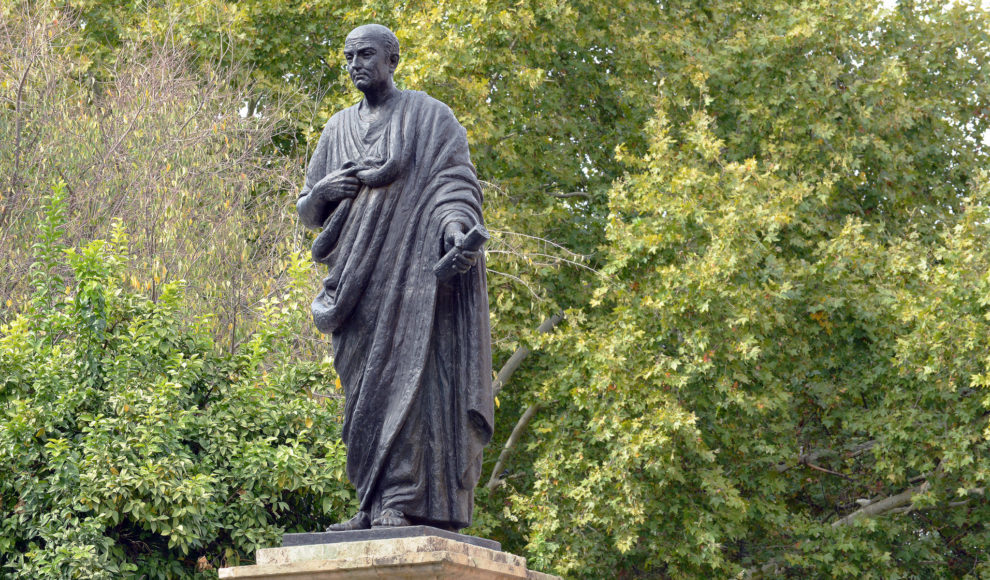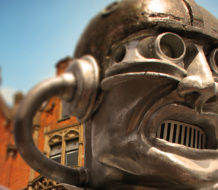Lucius Annaeus Seneca is a towering and controversial figure of antiquity. He lived from 4 BCE to 65 CE, was a Roman senator and political adviser to the emperor Nero, and experienced exile but came back to Rome to become one of the wealthiest citizens of the Empire. He tried to steer Nero toward good governance, but in the process became his indirect accomplice in murderous deeds. In the end, he was ‘invited’ to commit suicide by the emperor, and did so with dignity, in the presence of his friends.
Seneca wrote a number of tragedies that directly inspired William Shakespeare, but was also one of the main exponents of the Stoic school of philosophy, which has made a surprising comeback in recent years. Stoicism teaches us that the highest good in life is the pursuit of the four cardinal virtues of practical wisdom, temperance, justice and courage – because they are the only things that always do us good and can never be used for ill. It also tells us that the key to a serene life is the realisation that some things are under our control and others are not: under our control are our values, our judgments, and the actions we choose to perform. Everything else lies outside of our control, and we should focus our attention and efforts only on the first category.
On the Happy Life

BQO ROUNDUP
A statue of Lucius Annaeus Seneca, Roman Stoic philosopher and statesman. The statue, by Amadeo Ruiz Olmos, is located in Córdoba, Spain, where Seneca was born.Flickr Harvey Barrison (CC)Get BQO by E-mail
ESSAYS
-

What Is Moral Injury?
-

What Does It Mean to Have Free Will?
-

Should We Fear Robots?
-

Do We Need Purposes in Biology?





